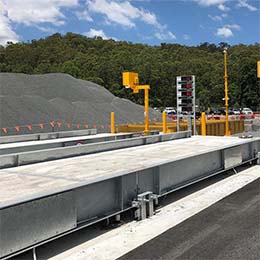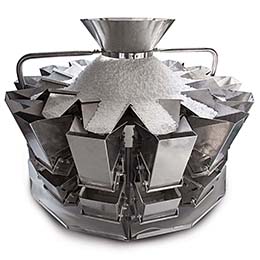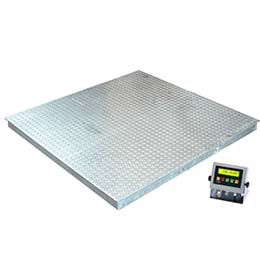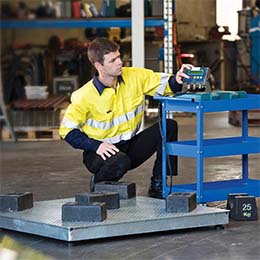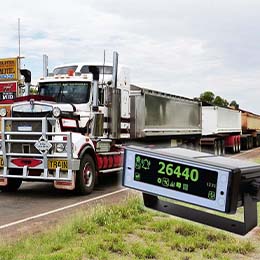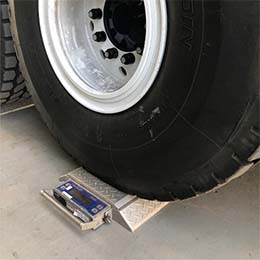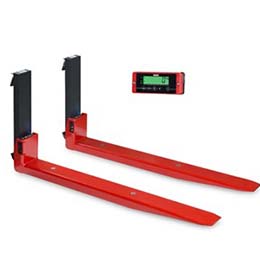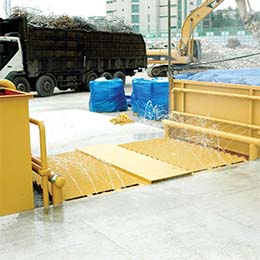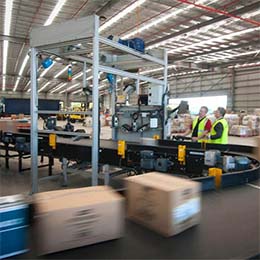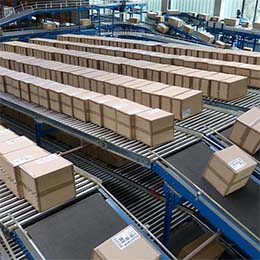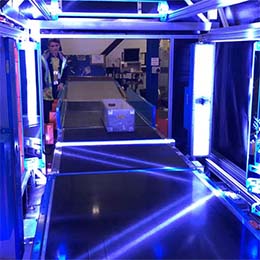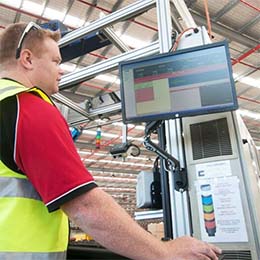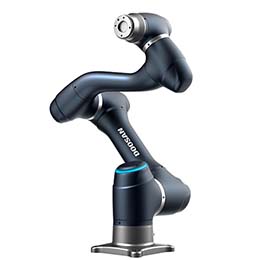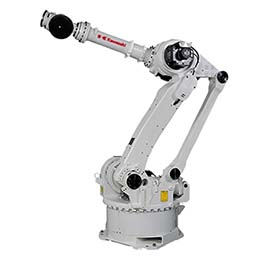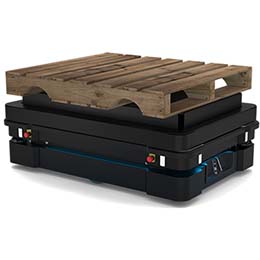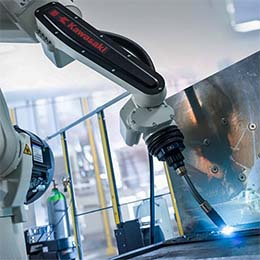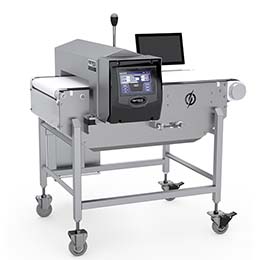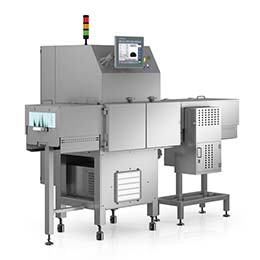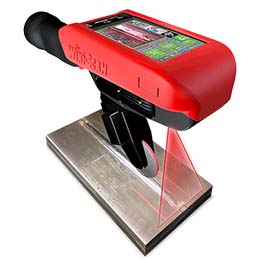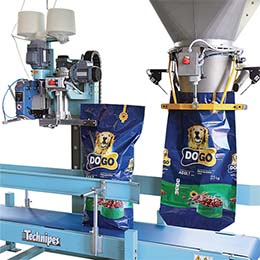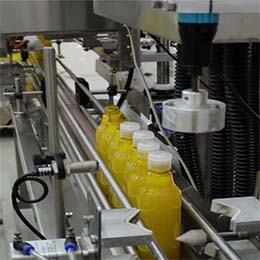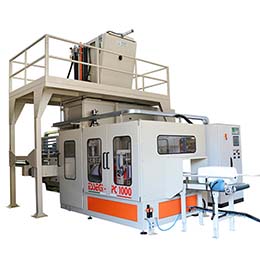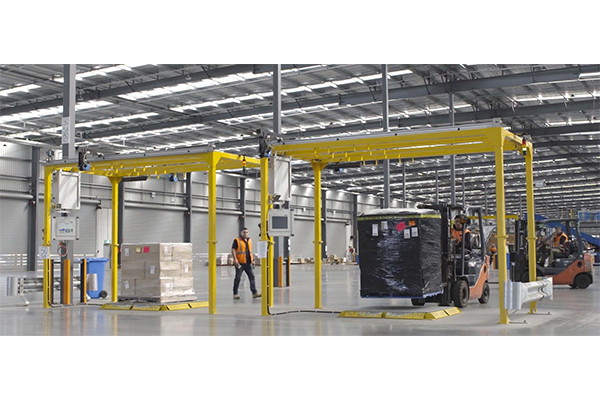By Rhett Talley, Marketing & Business Development Manager.
Every year LTL freight depots around the world leak millions of dollars in revenue because they have not adopted certified, legal-for-trade pallet freight dimensioning systems.
Yeah, I said it: A Million Bucks. Per depot. For sure. And I can prove it.
But you may already suspect this is the case – and could be a sore point for you.
Sure, your staff have a good eye and are quick with a tape measure or “measuring-stick”. But chances are the method is not legal for trade and definitely not so for irregular or ugly shapes. If you are checking weight via forklift scales chances are the result is wrong and it is not legal for trade.
In both cases you are probably leaking revenue. And you would not be able to defend the increase in pricing made to customer charges if these were legally challenged. Hence the term legal for trade – and the existence of the Australian National Measurement Institute the regulatory body that certifies the kit itself and licenses tradespersons who verify the equipment in the field.
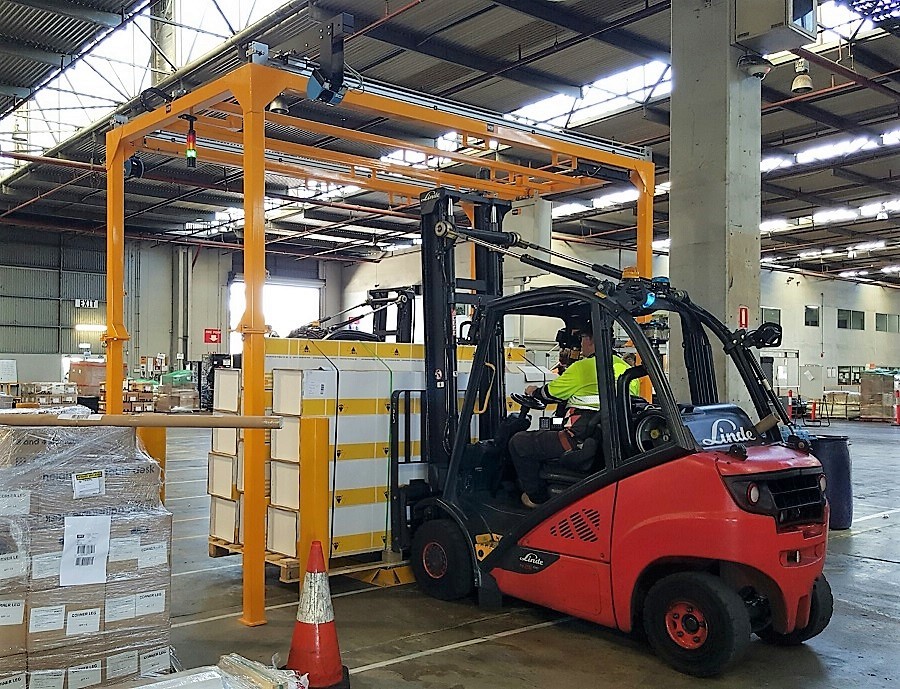
Australia’s leading express freight parcel carriers wouldn’t dream of shifting parcels without running them all through Dimension Weigh Scan and Sortation systems that capture the legal-for-trade cubic dimensions and weight of parcels. Even at rates that exceed 10,000 items per hour. Think about it: the scope for revenue leakage is huge.

Okay yes, you admit, some customers are not very good at declaring the correct dimensions of the freight they send. Some are downright hopeless, actually. But that’s okay, you say, because our people have a keen eye for that and can always spot an item that looks incorrectly declared and can set it aside for further investigation.
Sound familiar? If so, then you may also be experiencing that other familiar and disconcerting sensation of not actually believing what you are saying.
One of my tasks as a marketing lead at Diverseco has been to bring legal-for-trade dimension-weigh-scan automation to the LTL express and general freight segment here in Australia. A critical part of the process has included countless discussions with stakeholders at every level. This includes CEOs, IT Managers, Financial Controllers, State Managers, Operations Managers, Truck Drivers, Forklift Drivers – you name it. And a constant theme permeates every discussion: Revenue Leakage.

Australia is much like the rest of the civilized world in that most LTL freight is charged per item or per consignment (a sum of the items) by the greater of the total dead weight or total cubic dimensions per a dim-weight formula. In many cases, for road freight of palletised items, the formula is 1 cubic meter equals 250 chargeable kgs.
The formula, or the dimensional weight equivalent, or the measurement units (pounds or kilos) may vary but the overall concept is the same in most modern and developed countries. This means that the problems, challenges, and opportunities faced by all LTL freight carriers are becoming increasingly similar the world over with respect to revenue leakage and revenue recovery and the Almighty Cube.
Why? Because customers, for any number of reasons, under or mis-declare freight. You know it, I know, and they know it. And no matter how good you think your revenue assurance processes are, there is still only one way to guarantee you receive the correct invoice value for the truck space that you sell: You must use a certified, legal-for-trade, dimensional measurement device with real-time data capture and data export capability – and ideally in tandem with a certified weighing solution. And – and this is a big, you must have intelligent back-end IT processing and business rules in place to make quick and automated invoicing decisions with this critical item or consignment level measurement data. In other words, you must embrace and champion automation.
The Pricing Model: How You Are Leaking a Million Dollars per Depot per Year
In most cases the charge invoiced to the shipper is usually based on a formula of 1m3 equals x-number of kilos (i.e. 250 or 333) at a price per kilo rate (i.e. 80 cents but also depending, critically, on a final delivery destination or zone location); and increasingly today more and more freight is “cubing out” or being charged by the cube and not the dead weight.
Say you charge for non-contract LTL palletised freight at 1m3 = 250kgs. And, as an example, say the freight is going from Melbourne (MEL) GPO to Brisbane (BNE) GPO via road express.
Let’s use the simple example of 100 cents per chargeable kg and a crate with these dimensions:
100 x 100 x 100 cms LWH = 1.00m3 = x 250 kgs = $250 + gst at a dimensional (dim) weight of 250kgs
But what if the actual measurements were: (I’ll leave goods and services tax (gst) out of the calculations)
110 x 115 x 120 cms LWH = 1.518m3 x 250 kgs – this would equate to a dim weight of 379 kgs and (x $1.00) the price for the same job would be $379 – a difference of + $129!
But that’s clearly a stand out example, (or is it?). And the actual price per kilo isn’t the point for now it’s more about the concept.
Here is an example that is perhaps more interesting. Take a normal palletised item of freight that the sender did not measure accurately, not considering overhang and or an accurate height measurement. The declared dimensions on the consignment note are 120 x 120 x 120 cms LWH and both the dim-weight and the dead weight are 432 kgs – (1.2m x 1.2m x 1.2m = 1.728m3 x 250kg = 432kg). Price for this job is $432.
However, the actual dimensions per the Pallet Freight Dimensioning System are: 125 x 130 x 135 cms LWH – and the dead weight is still 432 kgs. Not such an unusual variation.
But this now means that the dim weight is equal to 548 chargeable kgs and the price for this theoretical job is now $548 instead of $432, or a difference of +$116! It would not have been that hard for this larger item to float under the radar and get invoiced at its declared dimensions either.
Clearly not all items will deliver these types of revenue increases. But some overall net averages are predictable. Averages of anywhere from $15/pallet to 15% per invoice are not unheard of. Remember, these are averages; some will be more, others less.
Based on this then, say you shift 400 items of palletised or oversize freight items or more per day. If, on average, you gained an extra $10 only per measured pallet that would equate to an extra $20,000 in revenue recovered per week. Averaged over 50 weeks per year that would be, wait for it…one million dollars.
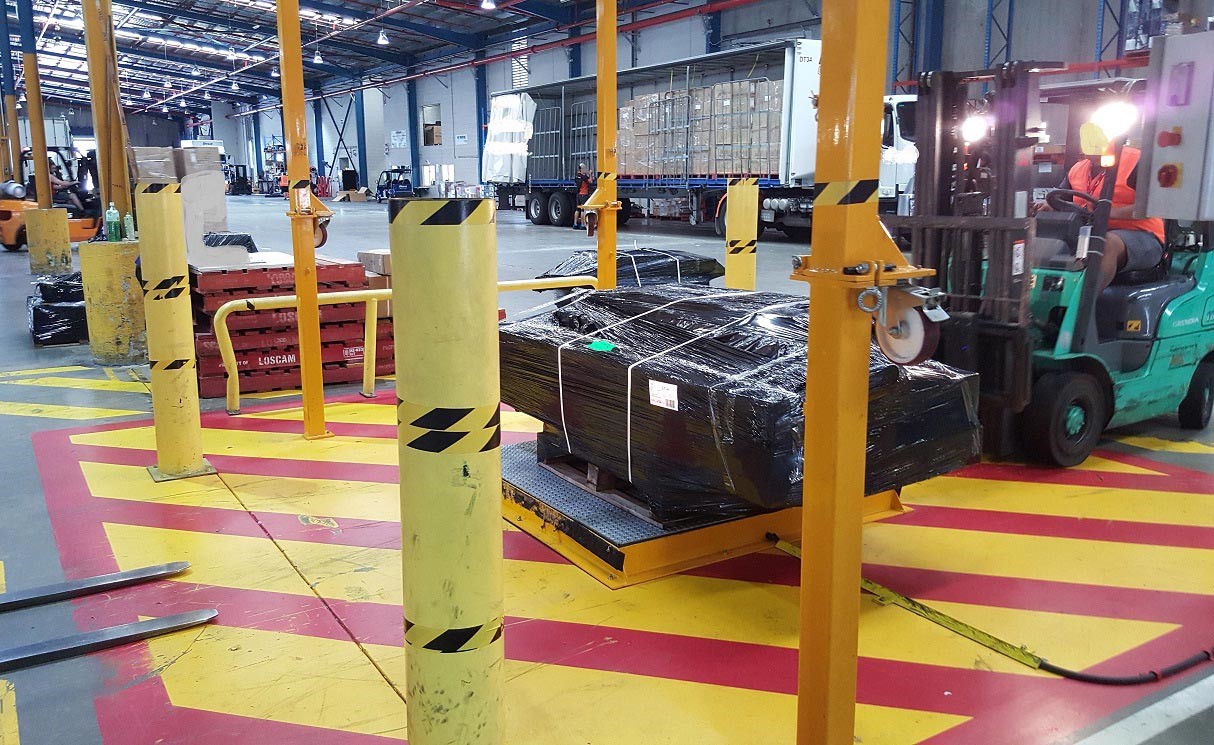
I am aware of some inter-state express freight carriers who on average gain an extra $15 per measured pallet or bulk item. The average number of items they measure per cross-dock per 24-hour period, whether on pallets, or skids, or in crates is around 600 or so unique pieces. Simply put, this equates to 600 x $15.00 or $9,000 per day in extra revenue gained. $9,000/day x 250 days in a year equals $2,250,000.
I am also aware of some smaller inter-state depots that only shift around 150 larger or palletised items per day. Still, they too average around $15-$20 per pallet on average. If we were to multiply $15 by just 100 items we would get, $1,500/day. Multiply by 250 days and you get, $375,000. This example means you can introduce pallet dimensioning automation into your business and pay off the capital expense in around 4 months.
Think of it another way; for example, if your price per kilo is only 50 cents then to gain an extra $15.00 per item all you need is to do is gain an extra 30 chargeable kgs. Where 1m x 1m x 1m (ie 1m3) is equal to 250 kgs this means that the invoice value would be $125.
If, however, this same item was either of these combinations:
1.0 x 1.0 x 1.15 LWH = 1.150m3
1.04 x 1.05 x 1.06 LWH = 1.157m3.
Then 1.15m3 x 250 kgs equals 287.5 chargeable kgs
Multiply by 50 cents per kg and you get, $143.75 or a gain of $18.75 – It’s that simple!

Are you getting the picture?
So, there you have it: How and Why your LTL freight depot or cross-dock might easily be losing a million bucks a year in revenue because it is not using a pallet freight dimensioning system. There are many variations on how the numbers can be reached but they follow the same theme: Declared Values versus Actual Values.
To learn more or to simply have a chat contact the experts at Diverseco today!

